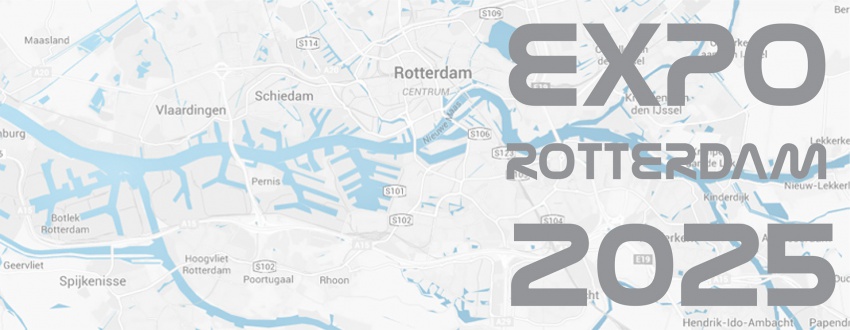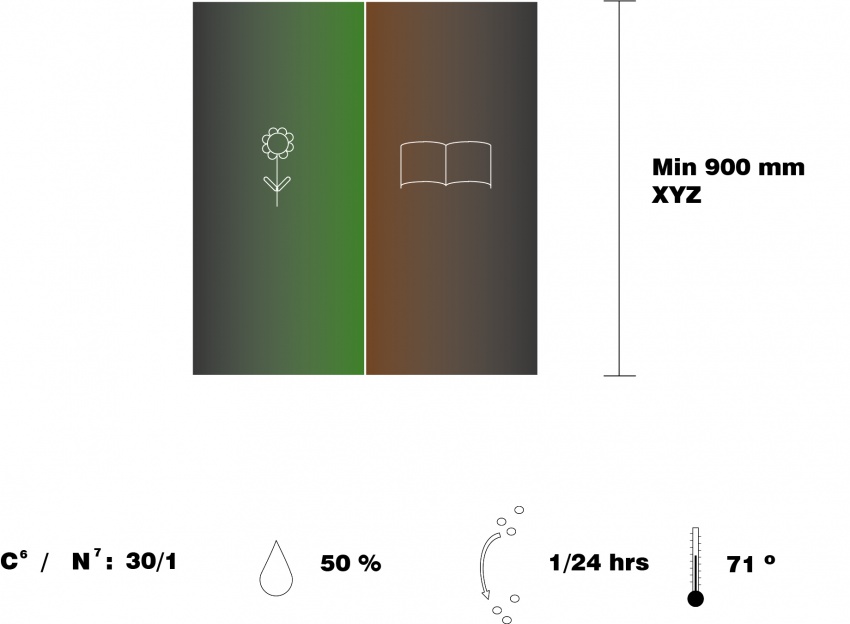Difference between revisions of "Msc1G4:Student2"
| (34 intermediate revisions by 3 users not shown) | |||
| Line 5: | Line 5: | ||
<div style="height:30px; width: 850px; margin:0px; padding: 0px; padding-top: 20px; border: 0px;"> | <div style="height:30px; width: 850px; margin:0px; padding: 0px; padding-top: 20px; border: 0px;"> | ||
<div style="float:left; width: 158px; height 30px; border: 1px solid #aaa; margin-right:10px; " align="center"> | <div style="float:left; width: 158px; height 30px; border: 1px solid #aaa; margin-right:10px; " align="center"> | ||
| − | [[Msc1G4:Group|''' | + | [[Msc1G4:Group|'''Concept''']] |
</div> | </div> | ||
<div style="float:left; width: 158px; height 30px; border: 1px solid #aaa; margin-right:10px; " align="center"> | <div style="float:left; width: 158px; height 30px; border: 1px solid #aaa; margin-right:10px; " align="center"> | ||
| − | [[Msc1G4:Student1|''' | + | [[Msc1G4:Student1|'''Site Analysis''']] |
</div> | </div> | ||
<div style="float:left; width: 158px; height 30px; border: 1px solid #aaa; margin-right:10px; " align="center"> | <div style="float:left; width: 158px; height 30px; border: 1px solid #aaa; margin-right:10px; " align="center"> | ||
| − | [[Msc1G4: | + | [[Msc1G4:Compost method|'''Compost method''']] |
</div> | </div> | ||
<div style="float:left; width: 158px; height 30px; border: 1px solid #aaa; margin-right:10px;" align="center"> | <div style="float:left; width: 158px; height 30px; border: 1px solid #aaa; margin-right:10px;" align="center"> | ||
| − | [[Msc1G4:Student3|''' | + | [[Msc1G4:Student3|'''Design Principle''']] |
</div> | </div> | ||
<div style="float:left; width: 158px; height 30px; border: 1px solid #aaa; margin-right:10px" align="center"> | <div style="float:left; width: 158px; height 30px; border: 1px solid #aaa; margin-right:10px" align="center"> | ||
| − | [[Msc1G4:Student4|''' | + | [[Msc1G4:Student4|'''Structure''']] |
</div> | </div> | ||
</div> | </div> | ||
<br> | <br> | ||
| − | + | ||
| + | '''Composting''' | ||
| − | + | Composting can be defined as the decomposition and recycling of organic materials in order to create fertilizer and soil amendment. | |
| + | It is traditionally used in the form of "cold composting". This requires little maintenance. However, it makes for very long decomposing times and excludes several types of waste. Worms and fungi break down the material and bacteria handle the chemical process. | ||
| − | + | Another method is "hot composting" where microbes play a more important part. This creates warmer temperatures and requires a more maintenance and supervision. | |
| + | Our compost will be a hot compost following the Berkeley Method. This will cut the time cycle from a year (like in cold composting) to 2-3 weeks. | ||
| − | |||
| + | '''Constants''' | ||
| + | There are some parameters that need to be kept constant for optimizing the composting process. | ||
| − | + | [[File:Compost_Icons2.jpg | 850 px | caption]] | |
| + | '''Process''' | ||
| − | + | [[File:Compost_Diagram3.jpg | 850 px | caption]] | |
| − | + | This method requires input of several parameters which need to be continuosly adressed in order to succeed with the process. The parameters will regulate the shape with moving components. When the compost is added on, the structure expands. When the compost shrinks, the structure squeezes. | |
| − | Size of compost parts: 1.25 mm - 3.75 mm. Softer materials do not need to be divided | + | The input of wind, temperature, composted items, sun light etc will dictate the ever changing structure to create a new experience over time. The created soil will be used for making a green cover which will represent what can be done with one of mankind´s oldest technologies. |
| + | |||
| + | |||
| + | |||
| + | |||
| + | |||
| + | |||
| + | |||
| + | Essential parameters for optimal composting: | ||
| + | |||
| + | |||
| + | |||
| + | |||
| + | [[File:Diagram kompost.jpg | 850 px | caption]] | ||
| + | |||
| + | |||
| + | |||
| + | |||
| + | |||
| + | Size of compost container: Minimum of 90 cm x 90 cm x 90 cm, sealed shut. Heat is generated by respirating bacteria. This specified volume is the minimum necessary to prevent heat loss and build up the necessary heat for the process. A sealed container is better for heat retention than an open. | ||
| + | |||
| + | Size of compost parts: 1.25 mm - 3.75 mm. Softer materials do not need to be divided extensively, hard materials such as wood need to be finely divided to decompose rapidly. | ||
Temperature: Around 71° C is optimal temperature for rapid decomposting. If the temperature drops too far below 71°, the decomposition process will slow or stop. If the temperature goes too far above 71°, the microorganisms will die and the process will have to restart. | Temperature: Around 71° C is optimal temperature for rapid decomposting. If the temperature drops too far below 71°, the decomposition process will slow or stop. If the temperature goes too far above 71°, the microorganisms will die and the process will have to restart. | ||
| − | Humidity: Moisture content of materials should be 50% | + | Humidity: Moisture content of materials should be 50%. Too much moisture will produce a more liquid mass and a foul odor. Too little will cause the material to become too dry and the process will stop. |
| + | |||
| + | Carbon / Nitrogen: Ratio of 30:1. The compost is divided into "green" and "brown" inputs. Green include organic material such as grass, plants and food waste. Brown includes materials such as paper, cardboard and wood. A mixture of approximately half of each input category produces a C/N ratio of 30:1. | ||
| + | |||
| + | |||
| + | |||
| + | "Green (organic waste)"/"Brown"(paper, wood) ratio of 50/50, as mentioned above. | ||
| − | + | Turning frequency of material: Every 24 hours is optimal. Turning the compost ensures that all microbes have enough oxygen to respire and continue the process and oxidize the carbon. If oxygen is not sufficiently supplied, nitrate production will increase and produce foul odors. | |
| − | + | The center of the mass will have the optimum temperature for composting. As such, turning the mass will ensure that outer layers with lower temperature endures a period of being in center place, in turn promoting optimal temperature during that time. | |
| − | |||
''' | ''' | ||
Latest revision as of 13:55, 6 November 2015
Composting
Composting can be defined as the decomposition and recycling of organic materials in order to create fertilizer and soil amendment.
It is traditionally used in the form of "cold composting". This requires little maintenance. However, it makes for very long decomposing times and excludes several types of waste. Worms and fungi break down the material and bacteria handle the chemical process.
Another method is "hot composting" where microbes play a more important part. This creates warmer temperatures and requires a more maintenance and supervision.
Our compost will be a hot compost following the Berkeley Method. This will cut the time cycle from a year (like in cold composting) to 2-3 weeks.
Constants
There are some parameters that need to be kept constant for optimizing the composting process.
Process
This method requires input of several parameters which need to be continuosly adressed in order to succeed with the process. The parameters will regulate the shape with moving components. When the compost is added on, the structure expands. When the compost shrinks, the structure squeezes.
The input of wind, temperature, composted items, sun light etc will dictate the ever changing structure to create a new experience over time. The created soil will be used for making a green cover which will represent what can be done with one of mankind´s oldest technologies.
Essential parameters for optimal composting:
Size of compost container: Minimum of 90 cm x 90 cm x 90 cm, sealed shut. Heat is generated by respirating bacteria. This specified volume is the minimum necessary to prevent heat loss and build up the necessary heat for the process. A sealed container is better for heat retention than an open.
Size of compost parts: 1.25 mm - 3.75 mm. Softer materials do not need to be divided extensively, hard materials such as wood need to be finely divided to decompose rapidly.
Temperature: Around 71° C is optimal temperature for rapid decomposting. If the temperature drops too far below 71°, the decomposition process will slow or stop. If the temperature goes too far above 71°, the microorganisms will die and the process will have to restart.
Humidity: Moisture content of materials should be 50%. Too much moisture will produce a more liquid mass and a foul odor. Too little will cause the material to become too dry and the process will stop.
Carbon / Nitrogen: Ratio of 30:1. The compost is divided into "green" and "brown" inputs. Green include organic material such as grass, plants and food waste. Brown includes materials such as paper, cardboard and wood. A mixture of approximately half of each input category produces a C/N ratio of 30:1.
"Green (organic waste)"/"Brown"(paper, wood) ratio of 50/50, as mentioned above.
Turning frequency of material: Every 24 hours is optimal. Turning the compost ensures that all microbes have enough oxygen to respire and continue the process and oxidize the carbon. If oxygen is not sufficiently supplied, nitrate production will increase and produce foul odors.
The center of the mass will have the optimum temperature for composting. As such, turning the mass will ensure that outer layers with lower temperature endures a period of being in center place, in turn promoting optimal temperature during that time.

